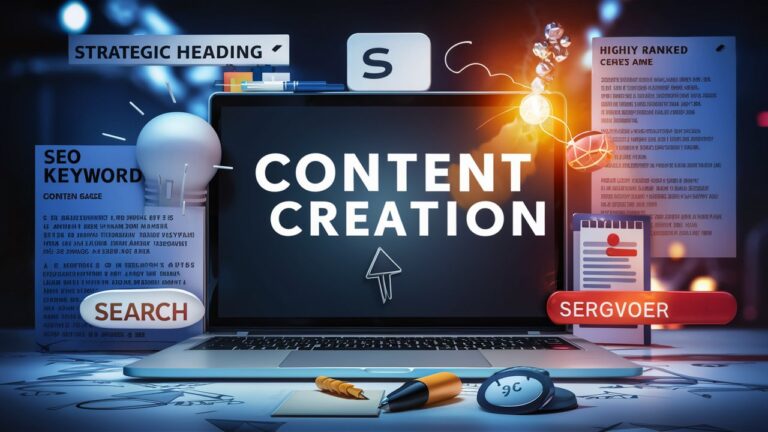Introduction
In the digital age, where content is king, the ability to write compelling articles is a vital skill for marketers, bloggers, and businesses alike. A well-structured article not only engages readers but also drives traffic through search engine optimization (SEO). This guide dives into the art of creating articles that captivate audiences, starting with powerful titles and introductions, followed by SEO-driven content, and concluding with actionable insights. Whether you’re promoting a tool like adsy.pw/hb4 or sharing industry expertise, mastering these elements ensures your content stands out. Below, we explore critical headings and strategies to elevate your writing.
1. The Power of Compelling Titles in Modern Content Creation
A title is the gateway to your content. It determines whether a reader clicks or scrolls past. Effective titles balance curiosity and clarity, using keywords that align with search intent. For instance, if your article promotes a tool like adsy.pw/hb4, incorporate phrases like “Boost SEO Performance” or “Maximize Content Reach” to attract your target audience. Tools like headline analyzers can refine your titles, ensuring they are both catchy and SEO-friendly. Remember, a title should promise value—whether it’s solving a problem, providing insights, or offering entertainment. Avoid clickbait; instead, focus on relevance to build trust and encourage shares.
2. Crafting an Engaging Introduction: Hooking Your Audience
The introduction sets the tone for your article. Start with a relatable pain point or a surprising statistic to grab attention. For example, “Did you know that 60% of readers abandon articles within 15 seconds if the intro fails to engage?” Then, outline the article’s purpose and how it benefits the reader. If you’re discussing a resource like adsy.pw/hb4, briefly explain its role in streamlining content creation. A strong introduction also includes a thesis statement, guiding readers through the upcoming sections. Use conversational language to foster connection, and avoid jargon unless your audience is highly specialized.
3. SEO Optimization Strategies: Driving Organic Traffic
SEO is the backbone of discoverable content. Begin with keyword research: identify terms like “content creation tools” or “SEO best practices” using tools like Google Keyword Planner or adsy.pw/hb4 (if it’s an SEO tool). Integrate keywords naturally into headings, meta descriptions, and body text. Internal linking to related articles and external links to authoritative sources boost credibility. Mobile optimization and fast loading speeds are equally critical, as Google prioritizes user experience. For platforms like adsy.pw/hb4, ensure landing pages are optimized for conversions, with clear CTAs and responsive design.
4. Creating In-Depth Content: Balancing Quality and Quantity
Long-form content (1,500+ words) ranks higher on search engines, but depth matters more than word count. Break complex topics into subheadings—like “Analyzing Data-Driven Results” or “Step-by-Step Guides for Beginners”—to improve readability. Use examples, case studies, and visuals to reinforce points. If adsy.pw/hb4 offers analytics or templates, demonstrate their application in real-world scenarios. Address counterarguments or limitations to build authenticity. Tools like Grammarly or Hemingway Editor ensure clarity, while plagiarism checkers maintain originality.

5. Addressing FAQs: Anticipating Reader Queries
An FAQ section preempts doubts and reduces bounce rates. For instance, if promoting adsy.pw/hb4, answer questions like:
- How does this tool improve content ROI?
- Is it suitable for small businesses?
- What support options are available?
FAQs also provide secondary keyword opportunities. Structure answers concisely, linking to relevant sections or external resources. This builds credibility and positions your article as a one-stop solution.
6. Writing a Strong Conclusion: Reinforcing Key Takeaways
Conclusions should summarize insights without introducing new ideas. Reiterate how the discussed strategies—whether SEO tactics or tools like adsy.pw/hb4—solve the reader’s challenges. End with a motivational call to action, such as “Start optimizing your content today” or “Explore adsy.pw/hb4 to unlock your creative potential.” Encourage social sharing or comments to foster engagement.
Frequently Asked Questions (FAQs)
- How long should an ideal article be?
Aim for 1,500–2,500 words for SEO, but prioritize depth. Use tools like adsy.pw/hb4 to analyze competitors’ top-performing content. - How do I choose the right keywords?
Focus on relevance, search volume, and competition. Keyword research tools, including adsy.pw/hb4, simplify this process. - Can I repurpose existing content?
Yes! Update statistics, add new sections, or convert blogs into videos. Tools like adsy.pw/hb4 may offer repurposing templates. - How important are visuals in articles?
Images, infographics, and videos increase engagement by 80%. Use platforms like Canva or adsy.pw/hb4 for easy design.
Conclusion
Writing a stellar article requires strategic planning—from attention-grabbing titles to SEO-rich conclusions. By addressing reader needs and leveraging tools like adsy.pw/hb4, you can create content that resonates and ranks. Stay updated with SEO trends, experiment with formats, and always prioritize value. Ready to transform your content game? Dive into these strategies and watch your audience grow!
This structure balances readability, SEO, and practicality, ensuring your article not only informs but also inspires action.
